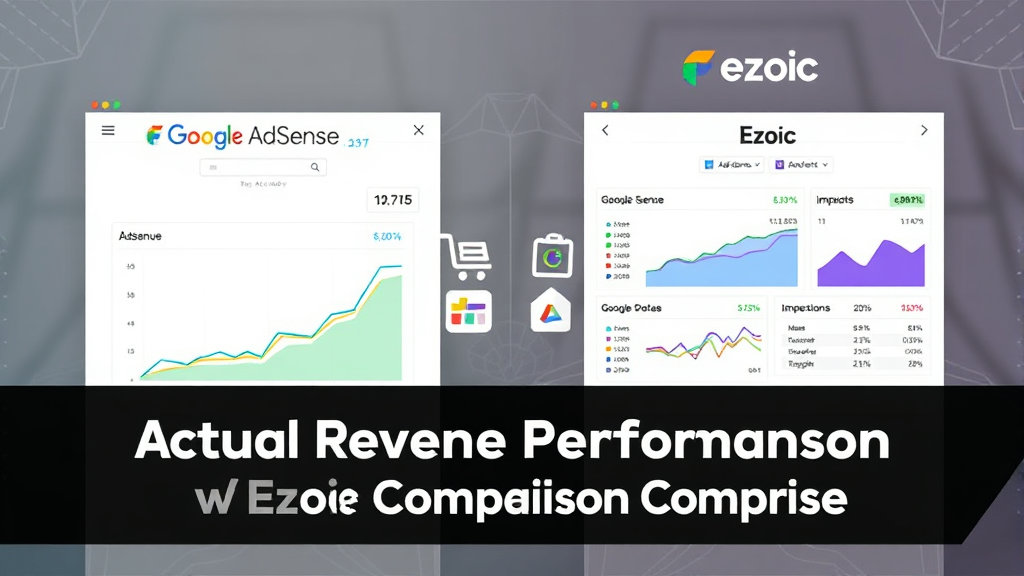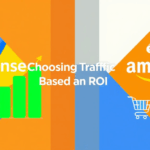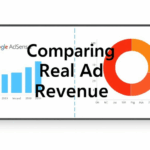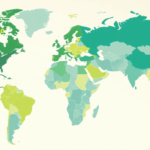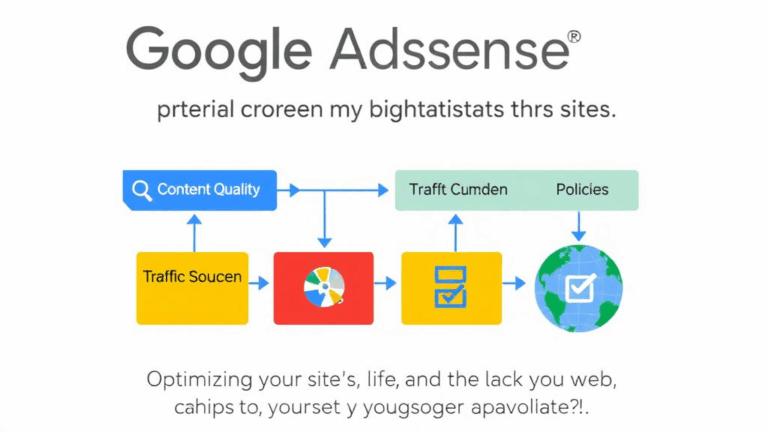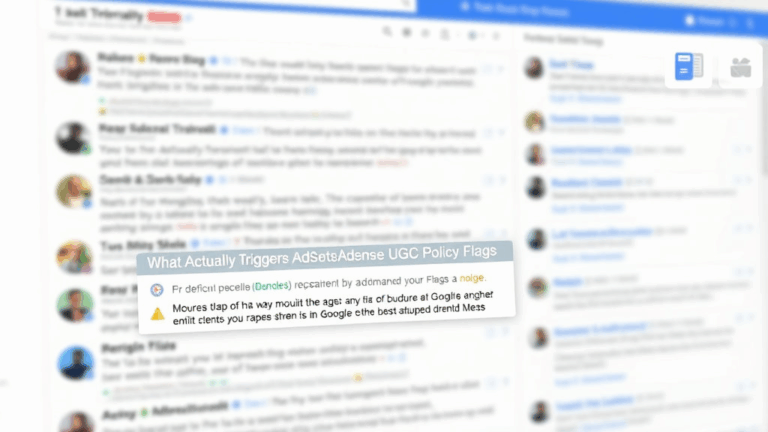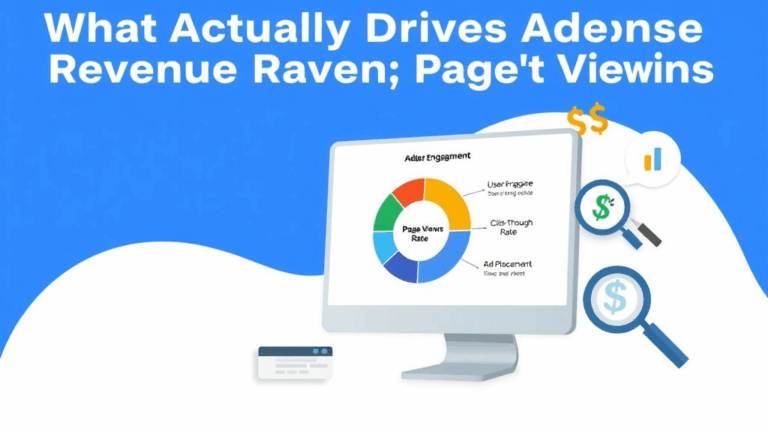Google AdSense vs Ezoic Revenue Performance in Real Life
Baseline: What Happens When You Switch from AdSense to Ezoic
The second I flipped the switch to Ezoic on a decently aged niche blog (a Frankenstein WordPress thing with screaming frogs in the logs), my RPM tripled. Well, sort of. For a glorious 24 hours. Then everything pancaked. Traffic throttled, CLS warnings popped up like toast, and Google Search Console started side-eyeing me with Core Web Vitals threats. It wasn’t Ezoic’s fault directly—but their script injections and the way they mess with rendering broke my lazy-loading sequences and bloated DOMContentLoaded like a corpse in July.
AdSense, by contrast, is like eating dry toast with no butter. Safer. Few surprises. Could be better, but won’t explode in your face unless you intentionally mangle an ad code or violate a content policy.
Revenue: RPM Isn’t the Whole Story
There’s this false binary that modders post in forums: “Ezoic pays more, AdSense is stable.” That’s half-baked. Ezoic optimizes RPM like it owes you rent money, but it will sacrifice UX like it’s playing 4D chess with your bounce rate. AdSense is boringly consistent, but you won’t see a spike unless some auto ad accidentally renders on a 90%-above-the-fold block and gets clicked by someone with a wildly overpriced toaster in their cart.
Undocumented edge case: Ezoic’s AI placeholders can sometimes trigger double ad rendering in divs if you had existing data-ad-slot properties already hardcoded. This created cascade rendering loops for me until I sanitized the DOM pre-injection using
MutationObserver().
Adsense’s fill rates also fly under the radar as a money leak. I once saw a 17% fill drop on a Thursday that made absolutely no fiscal sense — no policy alerts, no blocked categories, nothing. Ezoic would’ve hit fallback partners immediately (even Taboola, that rogue’s gallery of packs-of-wolves thumbnails).
Script Load Order and Page Speed Sabotage
Here’s a tangible metric killer: Ezoic’s script injects with wild abandon. It ain’t malicious, it’s just… enthusiastic. It’ll mess with your <head> like it’s DJ-ing a remix of Lighthouse’s greatest failures.
- Injects their JS stack often before your own tag manager scripts fire
- Uses fallback CDN paths that don’t always have Gzip compression
- Dynamically manipulates ad placeholders post-LCP, nuking your largest paint stats
- Caches your HTML with old Google fonts links unless manually purged
If you’re using Cloudflare, you have to set up custom page rules or use Ezoic’s proxy setup—both feel clumsy. I personally had to disable Ezoic’s script on pages where I had heavy interaction-based JS, like filterable product tables (because it eats your event bindings for lunch).
LTV vs Short-Term Greed
Here’s the crux I keep landing on: Ezoic maximizes per-session value, but can absolutely trash long-term traffic if you’re not micro-managing UX. AdSense monetizes less aggressively but plays nice with mobile-first indexing and doesn’t cram every spare pixel with clickable chaos.
What finally clicked for me was watching Hotjar recordings of users rage-backing out of Ezoic-heavy layouts. One guy tried to close an interstitial and accidentally clicked an auto-play ad. He returned three times trying to read the same article. I barely got his full session even with Ezoic’s longer session duration metrics. And I lost a newsletter signup on every visit.
Control and Placement Granularity
AdSense:
Limited but legible. You control where ads show with Ad units or auto ads (the latter of which I aggressively disable unless I want chaos). You won’t always get the prettiest layouts, but at least you know what’s loading where.
Ezoic:
They let you throw in dozens of AI placeholders and run optimization tests endlessly. Which is great—until you realize their system is testing 47 layout variables and your bounce rate has quadrupled. And god forbid you try to align an ad 300px after the intro block and it renders between two paragraph tags. I still don’t know what DOM algorithm they’re using for placement. It feels like a lottery crossed with blackjack.
I ended up writing a custom shortcode to enforce margin+border collapse and just let Ezoic treat them as new zones. Quote from an Ezoic support rep that still haunts me: “Well the AI probably thought users were engaging more with your content after the ad appeared.”
Analytics You Can Actually Use
Once you start caring about bottom-of-funnel events (like email signups, PDF downloads), Ezoic starts feeling like that teammate who microwaves fish in the breakroom. Their metrics are built to show you ad-focused data (session value, EPMV) but don’t really integrate with conversion goals unless you build janky workarounds.
On one site, I had a conversion event tracked by GA as button clicks on a custom landing page. AdSense users bounced on avg after 7 secs. Ezoic-surfed ones? 23 sec sessions but lower conversion. Y’know why? Because Ezoic broke the viewport scrollpath, so the CTA button loaded after the ad-laden garbage island they inserted halfway down.
Policy Infractions and Account Risk
AdSense has cliffs—you fall off once and you’re gone. But at least their death threats are consistent. Ezoic is more like walking through fog with a chainsaw: you might be okay, or you might slash your own index coverage on accident.
I had an Ezoic test page serve an ad for lottery tickets on a site I use in schools. It was a 3rd-party fallback demand partner. No warnings from them, but AdSense fired a violation because their script was still live on that domain (I was dual-stacking briefly). I had to explain it in a creator appeal thread that felt more intense than applying for a visa.
If you dual-run any Ezoic testing with your AdSense code still embedded—be ready to get mistaken cross-provider violations if the demand stack defaults to something sketchy.
Ad Quality and Visual Garbage
Ezoic will happily serve those Instagram-weight-loss-woo ads if they convert. There’s a lot more frequency with animated and autoplaying junk, especially on mobile. And no persistent config across regional geos. I blocked a category on US traffic but still saw low-tier video pre-rolls in Australia. Woohoo.
AdSense meanwhile is more boring, but the creatives are at least… brands. Real ones. Usually. I’ve never had an AdSense ad auto-play with sound while covering my nav bar. Ezoic? More than once. I now have a separate CSS file whose entire job is to post-load ad div readjustments. Big thanks to the random Reddit comment that suggested an onresize debounce to fix this jank:
window.addEventListener('resize', debounce(() => {
document.querySelectorAll('.ezoic-ad').forEach(ad => {
ad.style.maxHeight = '400px';
});
}, 300));
Human Support vs AI-Driven Black Holes
Ezoic’s support interface is technically efficient but uses a gamified ticketing system I hate. It’s like filing a bug with a game master. Once I got marked as “solved” because I didn’t respond for 48 hours… because I was traveling. Real agents do respond, and sometimes they’re very sharp. But it’s still buried under a million assumed workflows.
AdSense support is like yelling into a well. You usually get silence. When something breaks there, half the fixes you’ll find are on Stack Overflow threads from five years ago. But honestly? That’s kinda comforting. At least the bugs are known paths.
When I asked Ezoic to disable a sticky footer ad on one domain, it got removed on the staging version but silently re-injected on the live version due to cache propagation lag. Three separate UX reports later I noticed the rollback. No documentation explains how long their DNS propagation logic holds changes before global deployment kicks in. It varies from 4 minutes to 4 hours, depending on the DNS path and what version of Leap is bundled.
